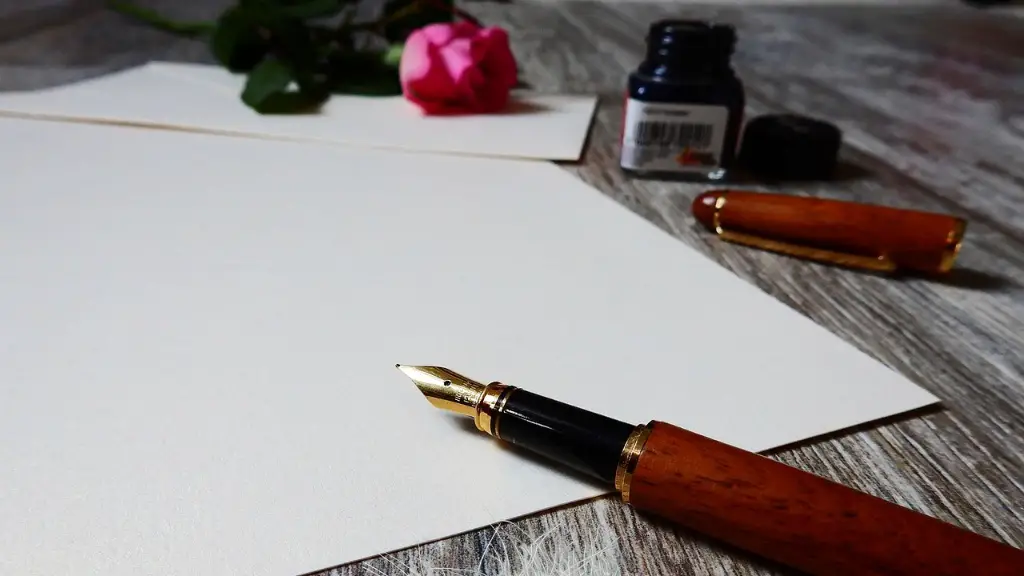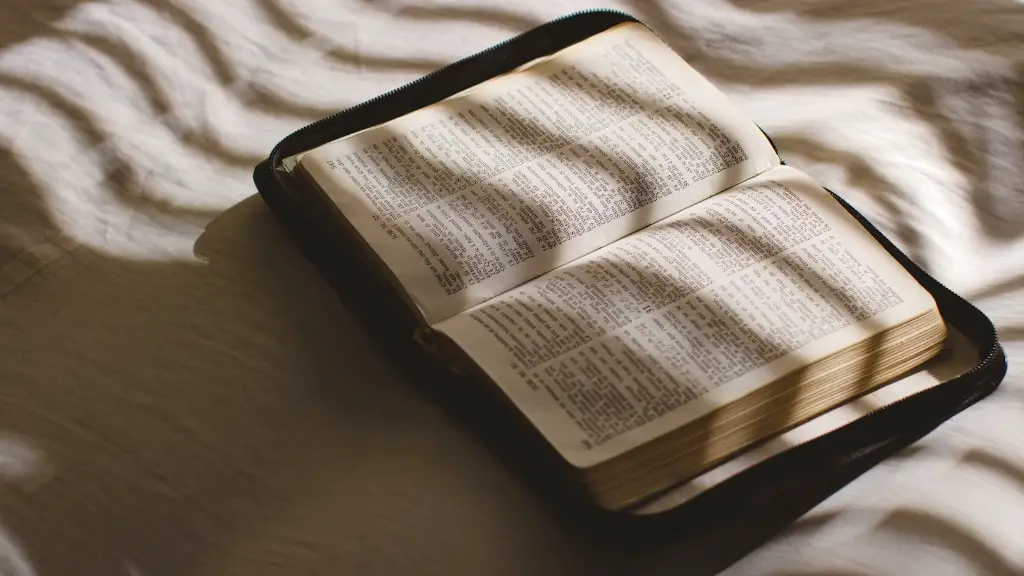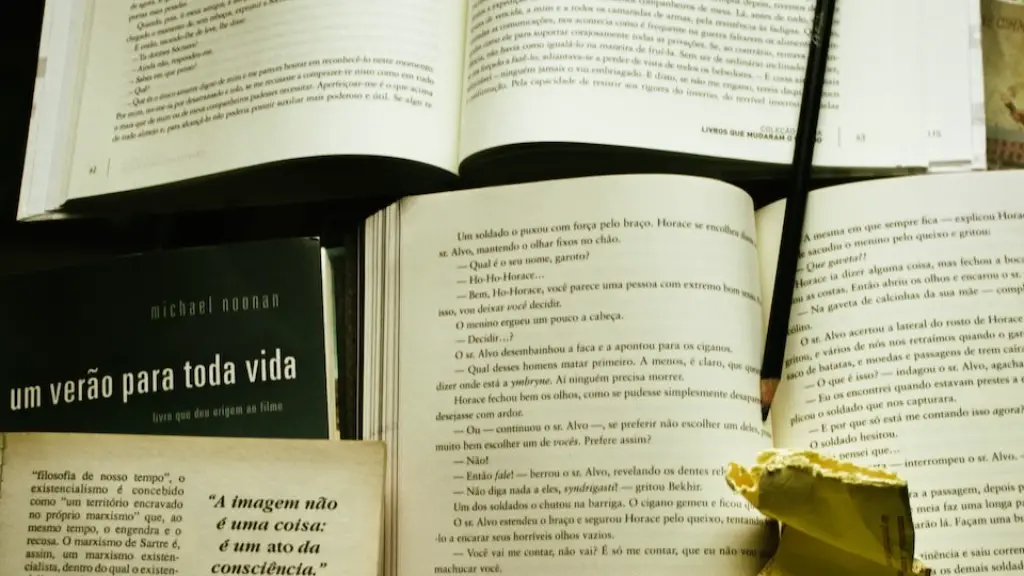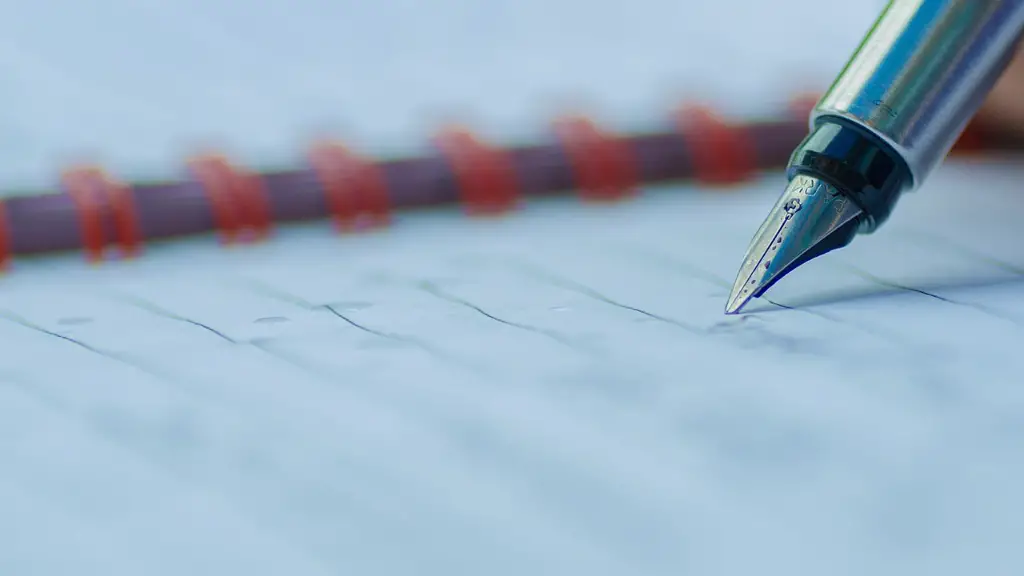Alliteration is a sound device found in literature, and more specifically in the area of poetry. It has been used for hundreds of years by poets to create rhythm, provide emphasis and clarity to their works, and to help engage the reader. Alliteration is the repetition of a consonant sound at the beginning of two or more words in close proximity. This repetition is used to create patterns in sentences and phrases that provide a pleasing and memorable phrasing.
One of the most common forms of alliteration is the ‘consonant rhyme’, where two consecutive words begin with the same consonant sound. This type of alliteration has been used for centuries in poetry, and is still widely used today. Examples of this type of alliteration include words like ‘pleasant phrases’ and ‘twinkle twinkle’.
Alliteration also adds emphasis to certain words and ideas. When a poet uses alliteration, he or she can draw attention to certain words or sounds in the poem. This can create a more powerful emotional effect in the work, which helps the poet make their point.
It is also believed that using alliteration helps the words to stick in the mind of the reader. When the same consonant sound is repeated multiple times, it creates a pleasing and memorable effect. This can help the reader to remember what has been said, making the poem easier to understand.
Experts suggest that alliteration can also be used in a humorous way. By repeating consonant sounds multiple times in a way that creates a joke, the poet can make the poem more entertaining for the reader. This type of humor can be used to lighten the mood of a poem and make it easier to understand.
Finally, alliteration can be used to create a sense of rhythm. The repetition of the same consonant sound can be used as a form of percussion to give the poem a steady tempo. This helps to make the poem flow more easily and make it more enjoyable to read.
Historical Examples
Alliteration has a long history in poetry, dating back to ancient times. Homer’s epic poem, The Iliad, is an example of a text which uses alliteration extensively. In this poem, he uses alliteration to emphasise the various characters and the action in the work.
In the Middle Ages, alliteration was also widely used. This period of literature saw a variety of works which utilised alliteration, including epic poems such as Beowulf from the Anglo-Saxon period.
Alliteration has also had an influence on more modern works. For example, the novels of J.R.R. Tolkien and the poems of William Shakespeare both use alliteration in a variety of ways. The works of these authors provide examples of how alliteration can be used to bring life to writing and captivate the reader.
Modern Usage
Alliteration is still popular in poetry today. Contemporary poets use alliteration to create vivid imagery and powerful emotions in their works.
In addition to this, alliteration is commonly used in advertising. This helps to emphasise words and ideas, capture the attention of potential customers, and make the advertisement more memorable. The use of alliteration in advertising has been proven to be effective, and is still widely used today.
Finally, alliteration can be used in everyday speech, such as in informal conversations. This can help to add emphasis to certain points and make the words more memorable. By utilising alliteration, one can create a more entertaining and memorable phrase.
Analysis
Alliteration has been used by poets and writers for centuries, and is still an important tool in the modern day. By using alliteration, authors can create rhythm, emphasis, and humour in their writing, and can help to engage the reader in their work. Furthermore, it can be used in advertising to help create memorable and effective messages, as well as in everyday speech to add emphasis and wit to conversation. Alliteration is a powerful tool which can help to bring life to writing and captivate the reader.
Effects of Alliteration
Alliteration is an important sound structure found in literature and can be used to create strong emotional effects. When used effectively, alliteration can draw the reader in and help to engage them with the work. This can help to make a poem more powerful and memorable, and can help to make the poem easier to understand and appreciate.
Alliteration is also used to emphasize certain words or ideas. By using the same consonant sounds multiple times, the author can draw attention to the words they want to emphasize, making the poem more powerful and effective. This can help to create a vivid and intense atmosphere in the work, and can help to make the poem more powerful and memorable.
In addition, alliteration can be used to create a sense of rhythm. By repeating the same consonant sound, the poet can create a steady tempo which helps to make the poem flow easily and make it easier to read. This can help to keep the reader engaged and make the poem more enjoyable.
Analysis of Effects
Alliteration is an important sound structure found in literature that can be used to create strong emotional effects. When used effectively, it can introduce rhythm and emphasis to the work, as well as engage the reader and make the work more memorable. By drawing attention to certain words and ideas, the author can make their work more powerful, vivid, and effective. Furthermore, alliteration can be used to create a sense of rhythm that helps to keep the reader engaged and make the poem easier to read.
Conclusion
Alliteration is a sound structure found in literature that can be used to create rhythm, emphasis, humour, and a powerful emotional effect. By repeating consonant sounds multiple times, the poet can draw the reader in and make their work more entertaining, vivid, and effective. Alliteration is a powerful tool which can help to bring life to writing and captivate the reader.




